 Expert's opinion
Expert's opinion
Expert's opinion
The article is a subjective view on this topic written by writers specializing in medical writing.
It may reflect on a personal journey surrounding struggles with an illness or medical condition, involve product comparisons, diet considerations, or other health-related opinions.
Although the view is entirely that of the writer, it is based on academic experiences and scientific research they have conducted; it is fact-checked by a team of degreed medical experts, and validated by sources attached to the article.
The numbers in parenthesis (1,2,3) will take you to clickable links to related scientific papers.
10 Healthy Soft Foods To Eat & Avoid In A Soft Food Diet 2024

There may come a time when you’ll need to eat a soft foods diet, and there is a large list of healthy options to choose from. Of course, there are also unhealthy ones you’ll want to avoid.
An excellent soft food diet contains nutritious foods that require little to no chewing, are not hard or crunchy, and are easy on your digestive system. Sometimes these are bland foods that are not bold in flavor, but if your diet allows spices and herbs, there are plenty of ways to create flavorful options to enjoy.
Some people need to find soft foods to eat after surgery, or due to illness, or jaw and dental problems, while others may just prefer the texture or easy digestion.
This article will review the best and the worst soft foods to eat, types of soft food diets, and who should be eating them, complete with tips for making the best of this diet.
10 Healthy Soft Foods To Eat
- Mashed sweet potatoes.
- Applesauce.
- Smoothies.
- Avocado.
- Soups without large chunks.
- Hummus.
- Smooth nut butter.
- Oatmeal and cooked cereals.
- Steamed or boiled vegetables.
- Soft lean meats.
Who Should Eat A Soft Food Diet?
Let’s look at some common reasons people are encouraged or prescribed a soft diet.
Difficulty Chewing Or Swallowing
While chewing your food is a significant influencer on how easily you digest your food, some people have trouble chewing, causing frequent choking or pain, and need a soft food meal plan.
If a person has trouble opening and closing their jaw, acid reflux, or issues with their teeth, mouth, or tongue, a soft diet can make the entire process of eating easier.
People with disruptions to their brain can also have trouble with their swallowing reflex and passing the food down from their esophagus to their stomach, like those with Parkinson’s disease, amyotrophic lateral sclerosis, strokes, or multiple sclerosis.
If a soft diet is prescribed for a medical condition, the soft foods diet must meet the specifications of the International Dysphagia Diet Standardization Initiative,[1] a classification system for describing eight levels of foods from the thinnest to the thickest defined depending on how well you can swallow.
Surgery
A soft diet is typically recommended after certain surgeries in areas like your:
- Head.
- Neck.
- Mouth.
- Jaw.
- Stomach.
In these situations, soft foods can give the body less time to work since many of them are low in fiber and more time to heal with easy-to-process meals.
Digestion
For people who have trouble digesting their food,[2] like those without adequate digestive enzymes, choosing a soft diet is the best option for a healthy gut. Eating hard and crunchy foods can cause your stomach to work harder at breaking down the food.
When using a soft diet to aid in digestion, go easy on the spices since some can cause irritation, such as cayenne pepper. While some spices can aid in digestion, be careful in your choice of spice. Ginger, cumin, turmeric, and fennel are known to help digestion.
Chemo Or Radiation Therapy
If you’re undergoing chemotherapy or radiation therapy, you may benefit from a soft diet since common side effects from this include:
- Loss of appetite.
- Weakness.
- Jaw stiffness.
- Trouble swallowing.
- Thick or not enough saliva.
- Mouth sores and ulcers.
Types Of Soft Food Diets
There are a few options for the level of food softness. Types of diets are often standardized based on the level of dysphagia[3] or ability to chew and swallow. So let’s briefly read about these.
Mechanical Soft Diet
This is a common diet ordered in a clinical setting if someone can eat only soft foods but can still chew. Those preparing a mechanical soft diet may grind or chop up food, and they can also be easily mashed with a fork or spoon. The lumps should be no larger than[4] 1.5 centimeters by 1.5 centimeters according to diet protocols.
This style of soft diet is typically called a level 5 dysphagia diet or minced and moist in the Nutrition Care Manual published by the Academy of Nutrition and Dietetics. Level 6 is the soft and bite-size, which is the diet we are talking about in this article. Level 6 may include the other levels for our purposes.
Puréed Foods
In this diet, food processors break down food into its softest form without becoming liquid. Foods are soft and tender with no liquid separation and no lumps. They do not require chewing and are classified as a level 4 dysphagia diet.[5]
Liquid Soft Diet
This diet is exactly how it sounds and consists of only liquids. This is a level 2 or 3 dysphagia[5] diet used right after surgeries to ensure a person can tolerate food on their stomach before graduating up to a mechanical or puréed option. It can be swallowed without chewing and has no lumps varying in thickness from thin to thick.
Foods To Eat On The Soft Food Diet
When your diet comes with limits, you’ll want to choose the most nutrient-rich soft food ideas.
Here is a list of some of the best healthy soft foods to eat for dinner, lunch, breakfast, or snacks between meals.
Mashed White Or Sweet Potatoes
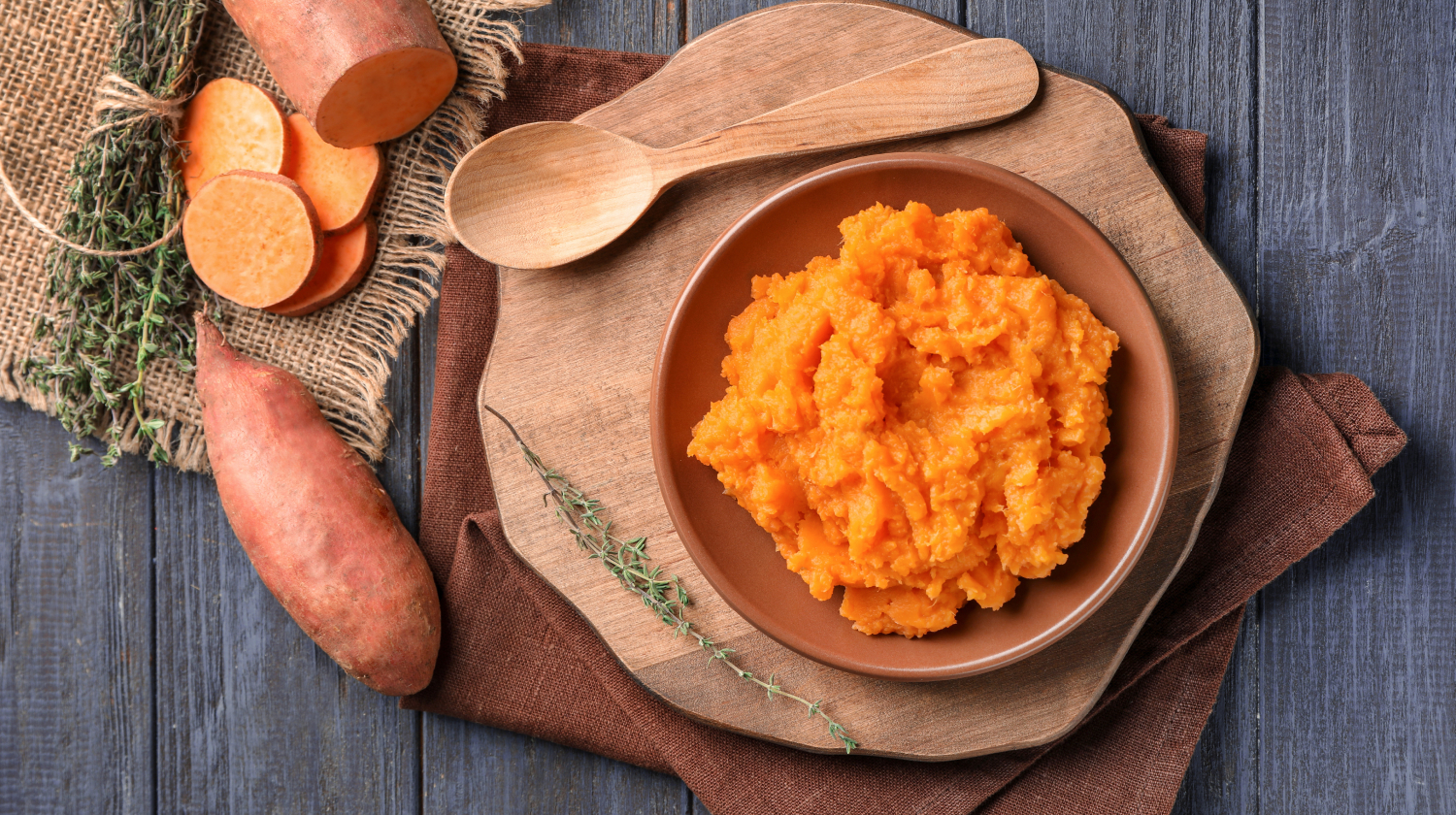
Potatoes are one of the most comforting vegetables that can be turned into a soft food, and depending on how you flavor it, it will give you a sweet or savory option. Choosing sweet potatoes over regular white mashed potatoes gives you a higher vitamin A value, but both can be healthy in moderation.
Applesauce
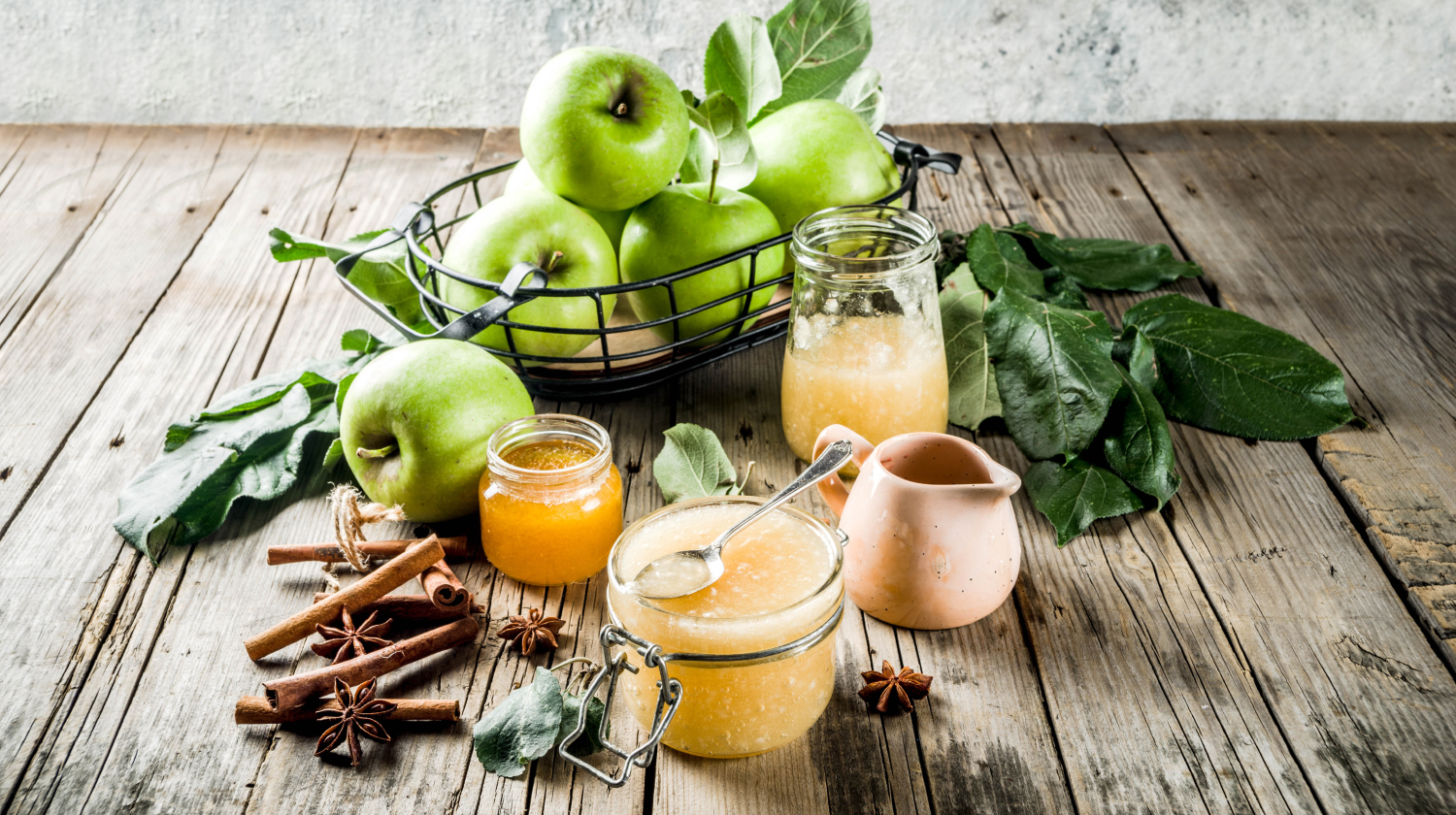
Applesauce is easy on the stomach and makes an easy dessert or snack for someone on a soft diet. This puree made of apples is one you can make fresh at home or conveniently buy at the store. It’s low in calories and fat and contains antioxidants to help boost your overall health.
Smoothies

Smoothies are one of the healthiest soft foods to eat with braces or for anyone who needs to pack in many nutrients into a liquid diet. Besides blending skinless, fresh fruit into healthy milk like oat milk or almond milk, you can add your favorite protein powder for a filling option.
Avocado
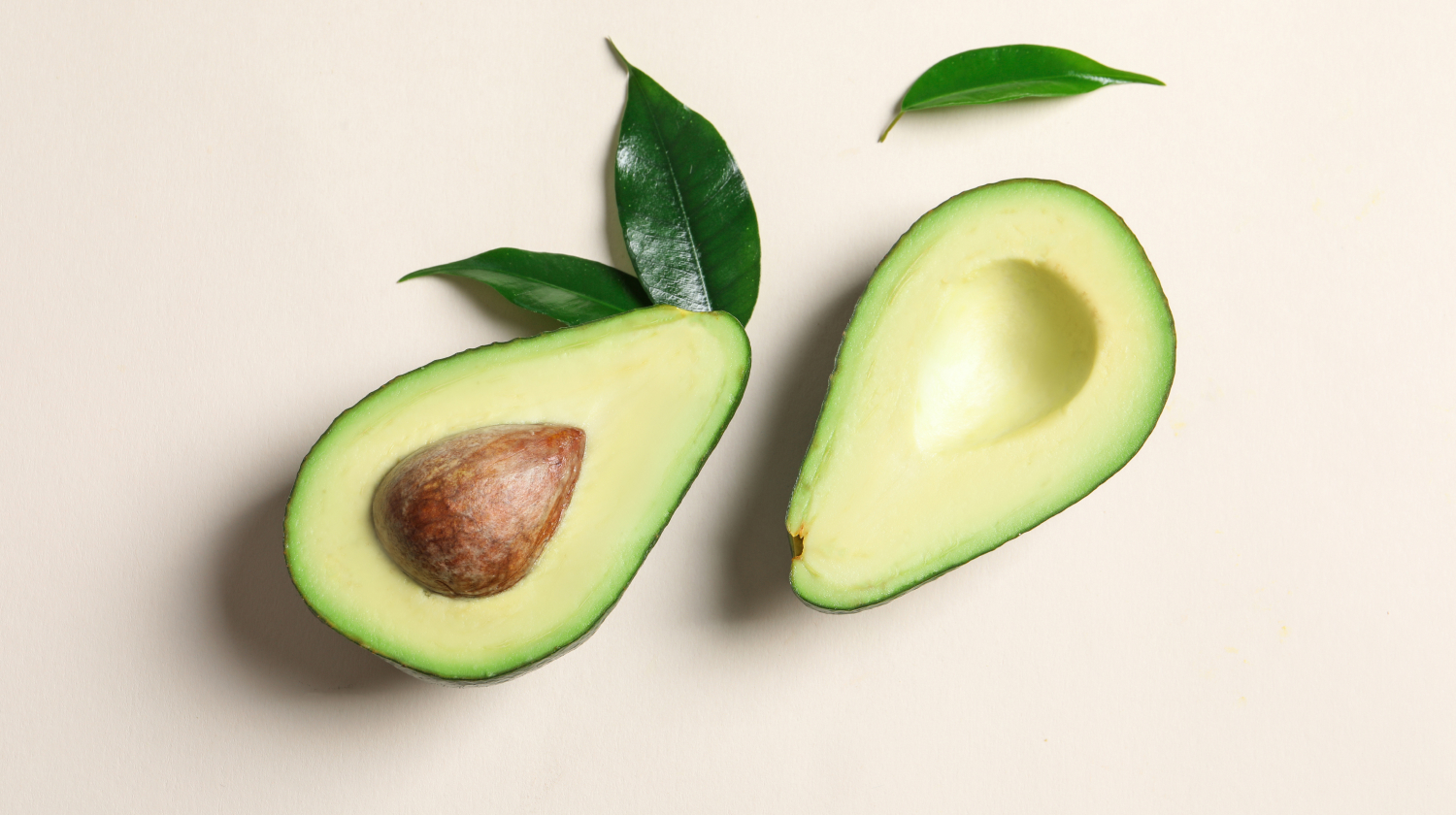
Due to its soft texture, even babies with no teeth can eat avocado. This healthy soft food is a great plant-based source of healthy fats, protein, vitamins, and minerals. For a quick breakfast, try mashed avocado on soft bread, or turn it into guacamole dip for lunch to mix with some soft rice and shredded chicken.
Soup

Soup requires little to no chewing and makes it one of the healthiest soft foods to eat during illness or after an oral surgery like a tooth extraction, wisdom tooth removal, or dental implant surgery.
Soup broth can be comforting and has endless delicious options with broth, beans, and small chunks of meat and vegetables. Adding soft avocado chunks on top can provide it with a filling nutrient boost. Soup can be a staple in your daily meals, and you may enjoy it morning, noon, or night.
Hummus
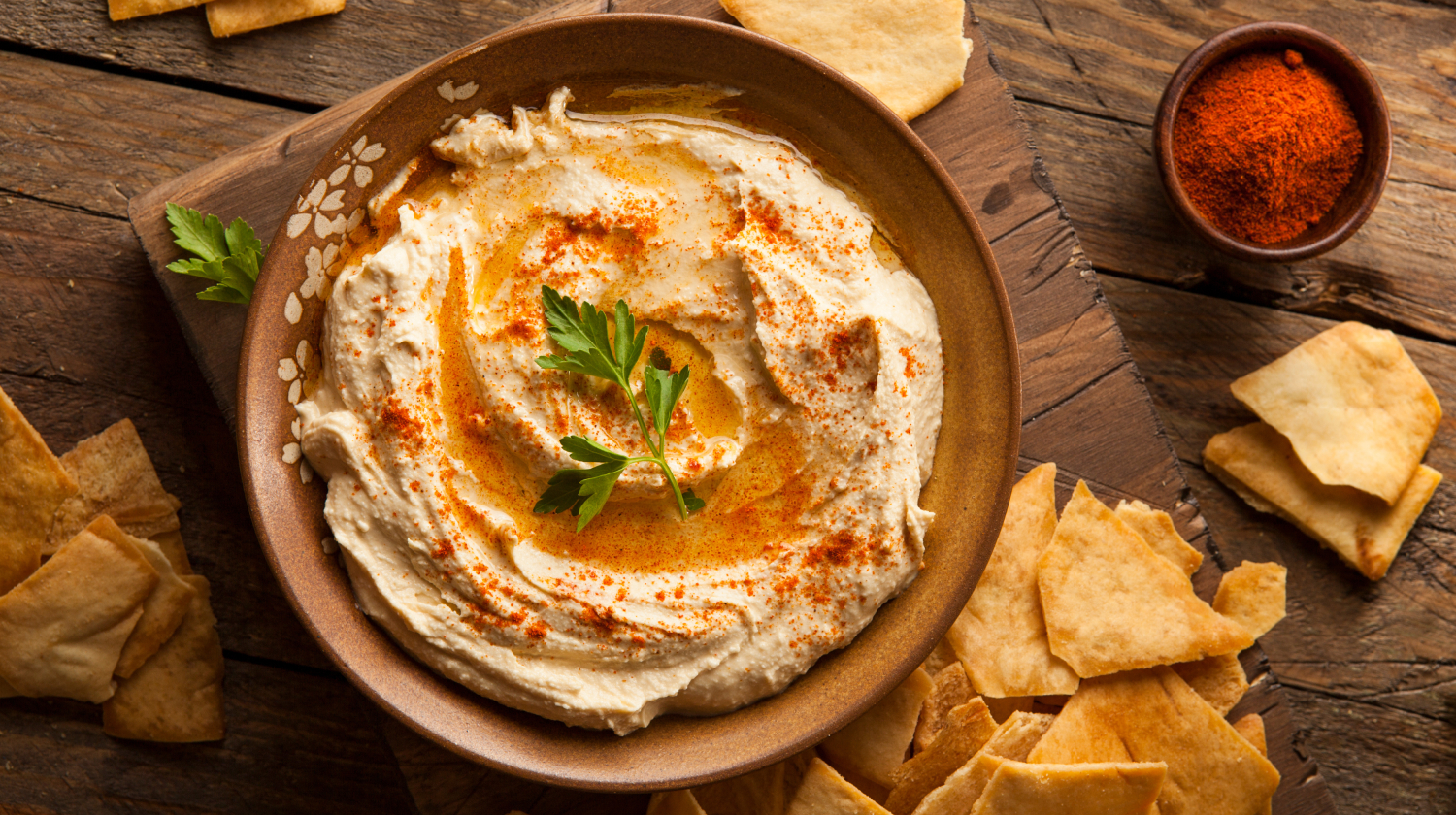
Hummus can be one of the most flavorful, healthy soft foods in your diet. This dip is one you can easily make at home, too. Hummus can be made from black beans, but more commonly, chickpeas and tahini or sesame seeds are the main ingredients. You soak the chickpeas and sesame seeds in water and then mix them in a food processor with various ingredients that can be added for different flavors.
It doubles as a savory item on top of soft meats or bread, or it can curb a sweet tooth since adding cocoa powder and a little organic cane sugar can give you a fast and healthy soft food dessert with a pudding-like texture.
Seed And Nut Butter
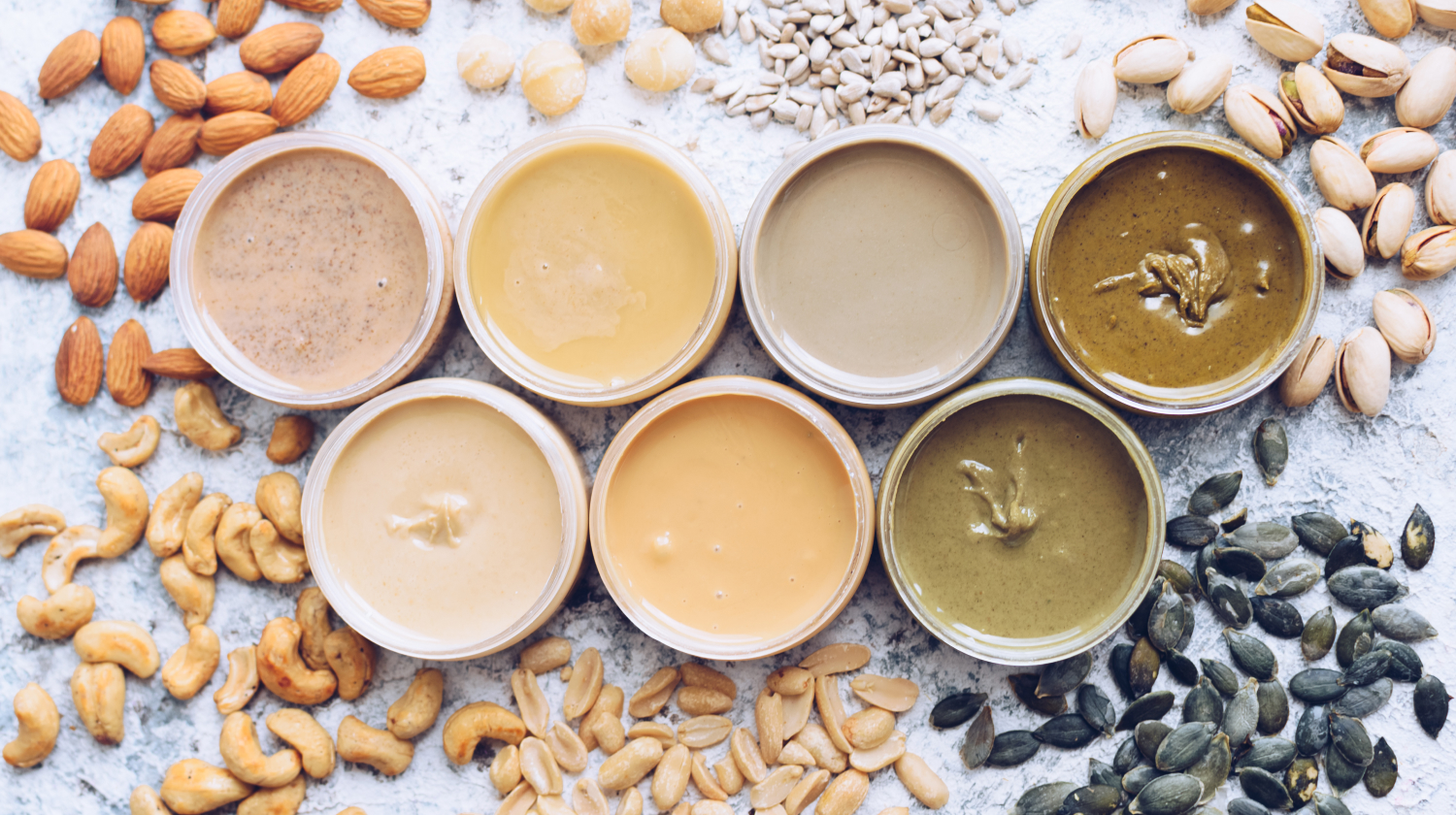
Butter made from nuts and seeds are full of protein and healthy fats, which are an essential part of a nutrient-packed diet, and they help you absorb the vitamins and minerals your body needs. Besides the peanut, almost any nut you can think of can make butter, including:
- Almond.
- Cashew.
- Sunflower.
- Pistachio.
- Pecan.
- Brazil nut.
- Macadamia.
- Sesame.
If you’re buying these at the store instead of making them at home, read the ingredient list to buy the cleanest, healthiest version since many of them contain added sugar and unhealthy oils. Buy the smooth nut butter, not chunky, for a soft diet.
Oatmeal And Hot Cereals
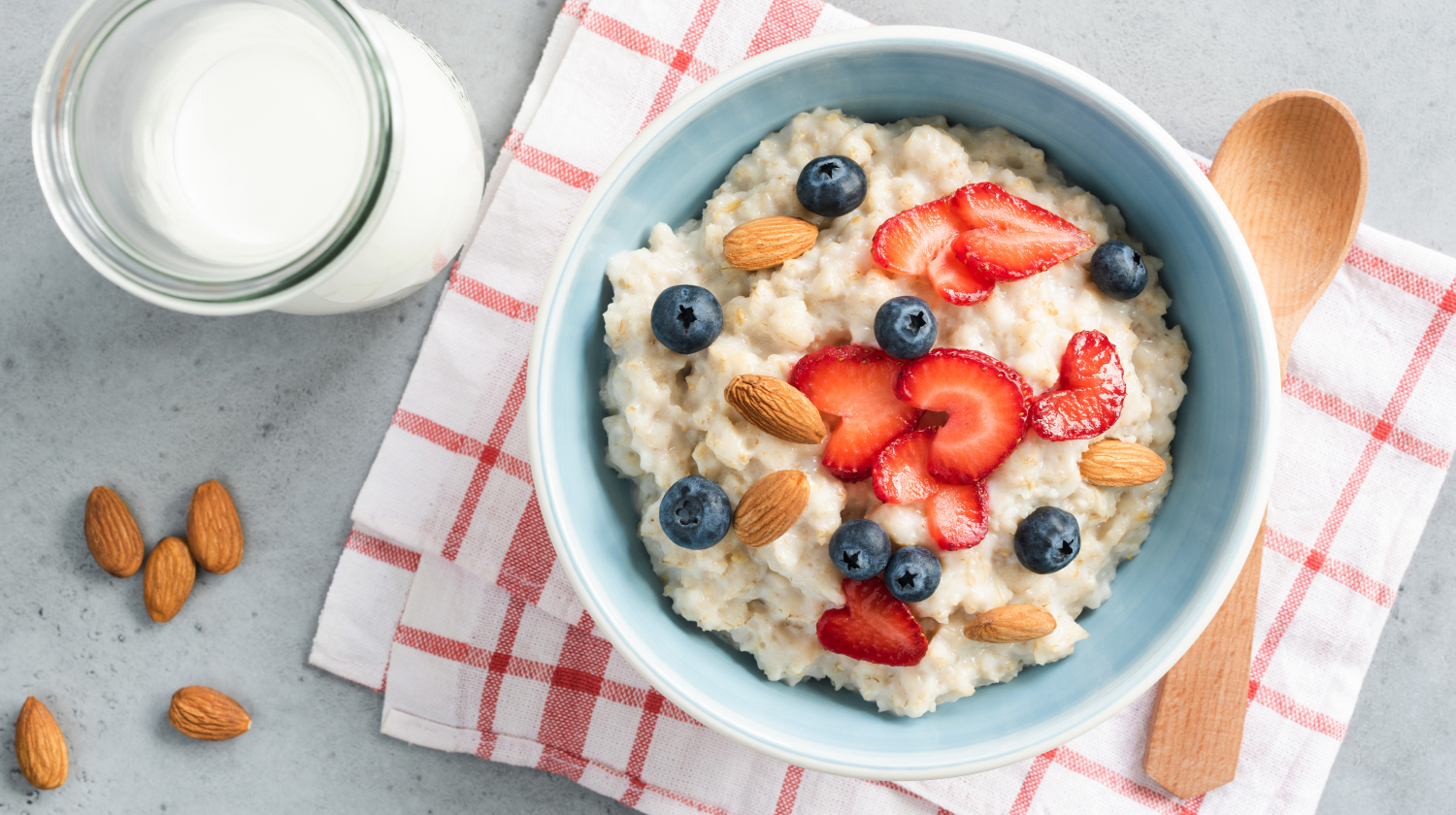
Oatmeal is a healthy soft food to eat, even when you aren’t on a diet. It will give you a gentle amount of fiber and complex carbohydrates to fuel your day. It’s very soft and often requires no chewing. You may also eat other smooth, cooked cereals such as cream of rice. You can top it with soft skinless fruits like peaches cut up into small pieces for added nutrition.
Steamed Or Boiled Vegetables

Steaming or boiling (i.e., potatoes) your vegetables until they are soft can make them easy enough to chew, and they can also be mashed after preparing them this way. Examples of highly nutritious soft-cooked vegetables are:
- Carrots.
- Tomatoes.
- Broccoli.
- Cauliflower.
- Squash without seeds.
- Asparagus.
Soft Lean Meats
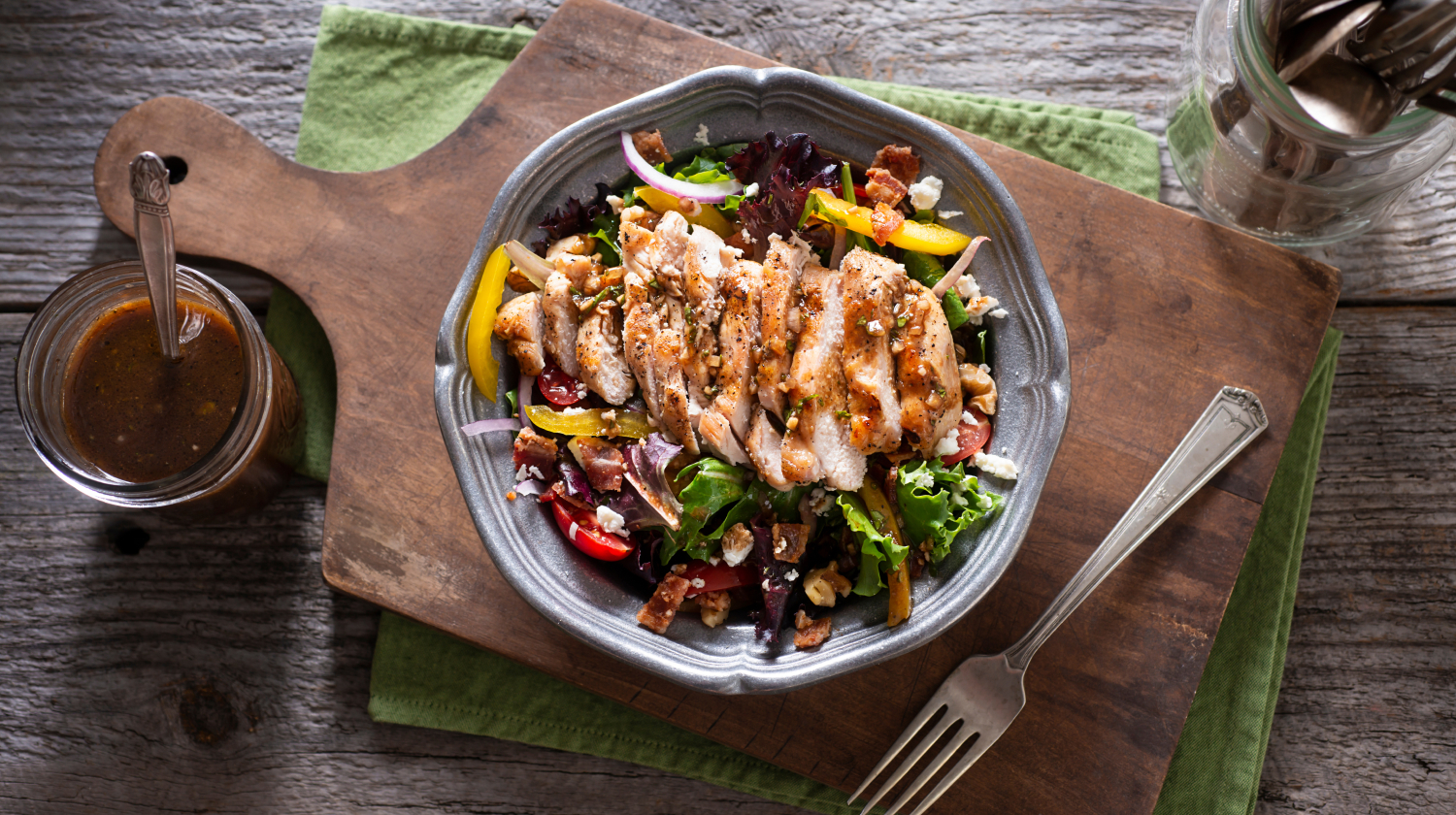
There are several types of meat that fit into this list of soft food options and are healthy in moderation. Here are a few options that are rich in protein and healthy fats that can help fill you up while you’re on this diet.
- Canned tuna.
- Salmon.
- Shredded chicken.
- Shredded pork.
- Pot roast.
- Chicken salad.
- Thin deli meats.
Pairing one of these with steamed vegetables and mashed sweet potatoes can provide you with a wholesome, hearty meal.
Foods To Avoid
Avoid foods that can make chewing, swallowing, and digestion troublesome or painful. If you’re choosing a soft diet due to digestive system problems, don’t eat fried foods, excessively spicy, or high-fiber foods that cause excess gas. Also, eliminate:
- Crunchy chips, popcorn, and granola bars.
- Raw nuts and seeds.
- Tough, raw vegetables.
- Hard fruits and their skin.
- Chewy proteins like thick steak, beef jerky, and bacon.
- Highly inflammatory foods, like saturated fats and processed foods.
- Dried beans, peas, and lentils with hardened skins.
- Stringy, high-pulp fruit such as papaya or dried fruits.
- Grapes or other round fruit that presents a choking hazard and has tough skin.
Tips For People On Soft Diets
On a soft food diet, it’s important to have a variety of foods that will provide you with enough nutrients for your overall health, like healthy fats, protein, fruits, and vegetables. This is especially true if you are on a soft diet long-term or on a path to healing. You can also:
- Experiment with different soft food recipes.
- Healthily add extra flavor when needed, like olive oil, turmeric, or garlic.
- Invest in a food processor to create the perfect texture for your needs.
- Ensure you get adequate liquids to help swallow and digest thick purées.
Conclusion
Soft food diets can be challenging, but with the right style of diet, food choices, and flavor options, bland doesn’t have to equal boring.
Whether you’re looking for soft foods to eat after dental surgery, for brain disorders,[6] or to aid in digesting your food easier, plenty of healthy foods can be made soft with a food processor or are already in the appropriate texture for you to enjoy.
Avoid certain foods like raw vegetables and tough meat that can be difficult to chew, swallow, and digest. If you notice yourself choking on your food or having trouble swallowing, contact your healthcare provider to find the underlying cause of the problem.
+ 6 sources
Health Canal avoids using tertiary references. We have strict sourcing guidelines and rely on peer-reviewed studies, academic researches from medical associations and institutions. To ensure the accuracy of articles in Health Canal, you can read more about the editorial process here
- Asha.org. (2013). International Dysphagia Diet Standardisation Initiative (IDDSI). [online] Available at: https://www.asha.org/SLP/healthcare/International-Dysphagia-Diet-Standardisation-Initiative/#:~:text=International%20Dysphagia%20Diet%20Standardisation%20Initiative%20%28IDDSI%29%20The%20framework,for%20all%20individuals%20with%20dysphagia%2C%20across%20all%20cultures.
- Cleveland Clinic. (2022). Low Fiber Diet / Soft Foods Diet. [online] Available at: https://my.clevelandclinic.org/health/articles/15637-gastrointestinal-soft-diet-overview
- Mayoclinic.org. (2022). Dysphagia – Diagnosis and treatment – Mayo Clinic. [online] Available at: https://www.mayoclinic.org/diseases-conditions/dysphagia/diagnosis-treatment/drc-20372033
- Nutritioncaremanual.org. (2019). – Nutrition Care Manual. [online] Available at: https://www.nutritioncaremanual.org/.
- https://www.facebook.com/Drugscom (2023). Iddsi (International Dysphagia Diet Standardization Initiative) – What You Need to Know. [online] Drugs.com. Available at: https://www.drugs.com/cg/iddsi-international-dysphagia-diet-standardization-initiative.html
- Health and Safety Guidelines. (2018). Dysphagia and Diets. [online] Available at: https://dphhs.mt.gov/assets/dsd/DDP/MedicalDirector/DysphagiaandDiets.pdf



